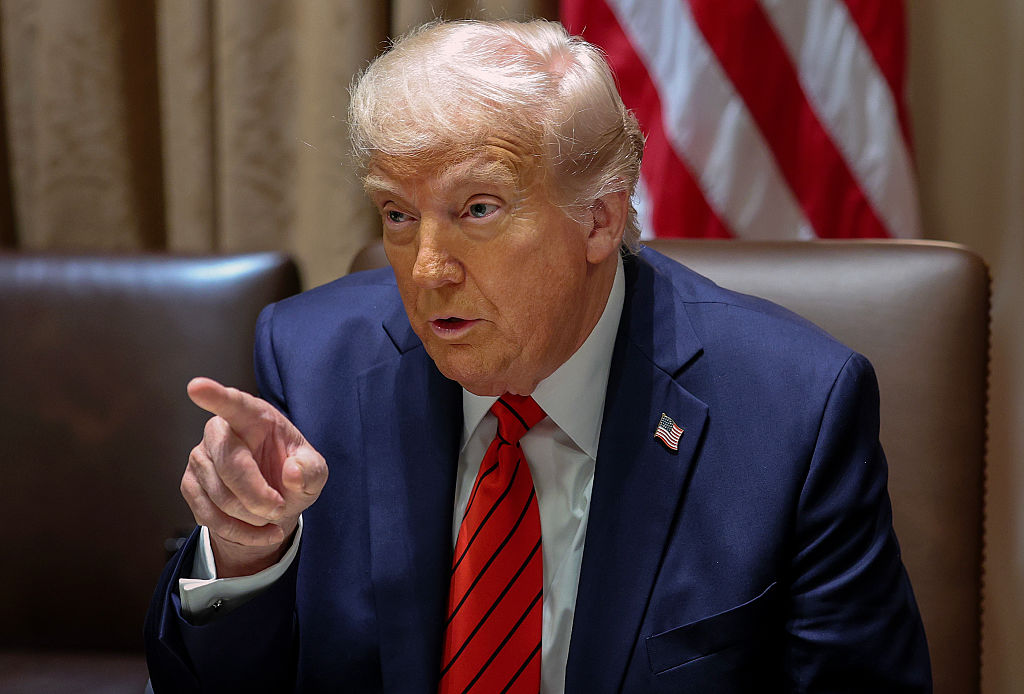Donald Trump recently disparaged Britain’s National Health Service for “going broke and not working,” leading Health Secretary Jeremy Hunt to express his pride in a system “where all get care no matter the size of their bank balance.” But the news has been filled for months with stories of people unable to access care they need under the NHS, regardless of their efforts or financial resources. Beyond the nationalistic pride and defensiveness of politicians both sides of the Atlantic, how do British and American healthcare really compare? Are both sides as crazy as the other imagines, or do they each know something the other can learn from?
Sweeping generalizations regarding the nature of American health insurance are so popular because the reality is so complicated. It would only be misleading to say that the country has 50 entirely different healthcare systems (one for every state) because that would be an understatement. Free publicly-financed coverage (which covers 74 million low-income Americans out of the total population of 320 million) is designed and managed differently in each state, as are the healthcare plans that can be purchased directly from insurers. Half of the population receives health insurance coverage from work, which itself varies greatly from employer to employer.
Public spending on healthcare is actually higher in the United States (8.3% of GDP in 2014) than it is in the United Kingdom (7.0%). The most important difference between the countries’ public healthcare systems instead concerns how that money is spent. Whereas Britain’s NHS funds medical services free-at-the-point-of-use for all regardless of income, America’s provision of free publicly-financed healthcare is concentrated on specific categories of poor, elderly, and disabled citizens.
The consequence of this difference of approaches is that routine healthcare services in Britain are cheap for all, but that the extraordinarily expensive medical procedures needed by the very ill are often subject to rationing; whereas Americans who do not qualify for public assistance must pay for their own healthcare (usually through insurance) or rely on publicly-subsidized charity care (of which $38 billion was provided in 2016 to the uninsured). As a result, private spending on healthcare accounts for a further 8.9% of GDP in the USA, but only an additional 1.4% in the UK.
To some extent, this extra money allows Americans from across the income distribution to enjoy better access to medical specialists, high-tech surgery, and cutting-edge drug therapies. As a result, mortality rates following comparable events in the U.S. are often a fraction of what they are in the U.K. (39% of British rates following a stroke; and 72% following a heart attack). But much of America’s additional healthcare spending is expended on dealing with the consequences of a rate of obesity that is twice as high as in Europe: an incidence of diabetes that is 50% greater, stroke 51% higher, heart disease 91% higher, and cancer 126% greater.
While the NHS in England and Wales provides care through 200 hospitals, America’s public Medicare program entitles its enrollees to receive care at their choice of 4,700 hospitals – around 4 times as many per capita. Whereas the paucity of resources for healthcare in Britain has yielded rationing and shortfalls of essential care, America’s structure of public subsidies for healthcare has engendered the opposite evils of excess capacity and inflated costs.
Over the past few decades, new technology has allowed an ever-increasing amount to be done to treat previously-fatal conditions, to reduce risks of complications, to improve recovery times, and to allow populations to live longer into old age and disease. This is fundamentally a good thing, but has caused healthcare costs to rise steadily, and imposed increasing strain on public budgets in every developed nation. Policymakers, each facing an array of constraints unique to their countries (such as distinct disease burdens or prevailing wage rates for high-skilled professions such as medicine) have found themselves making painful trade-offs – increasingly unable to satisfy everyone.
With medical needs and resources varying greatly between countries, nationalistic pride and ideological dogma can make it all but impossible for them to learn from each other – but there are so many distinct challenges to be addressed, it is not hard to identify aspects of other countries’ approach that are worth emulating.
What can the U.S. learn from healthcare in the U.K.? No American state has successfully managed to assure a basic safety net of care while preventing the program’s costs from spiraling out of control. Governors could learn much about achieving the Medicaid program’s core goals by mimicking the NHS’s methods.
What can the U.K. learn from the U.S? The NHS’s persistent lack of funds suggests that taxpayer funding is never going to be adequate to deliver the care that all wish to receive. The government would do better to focus NHS spending on those who truly need assistance, so that it supplements rather than supplants private spending on healthcare.

























